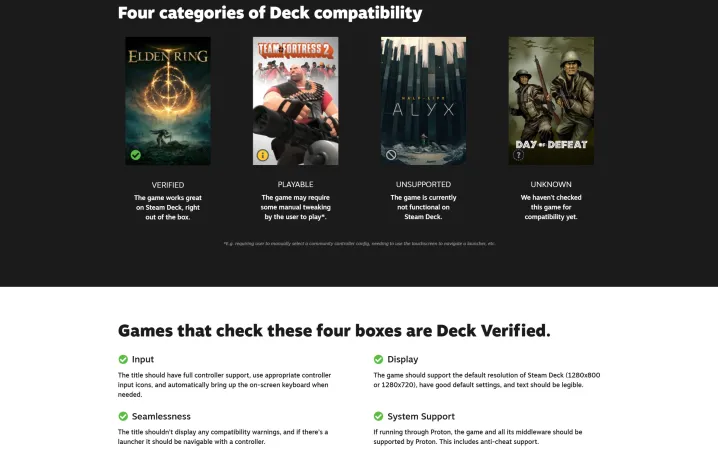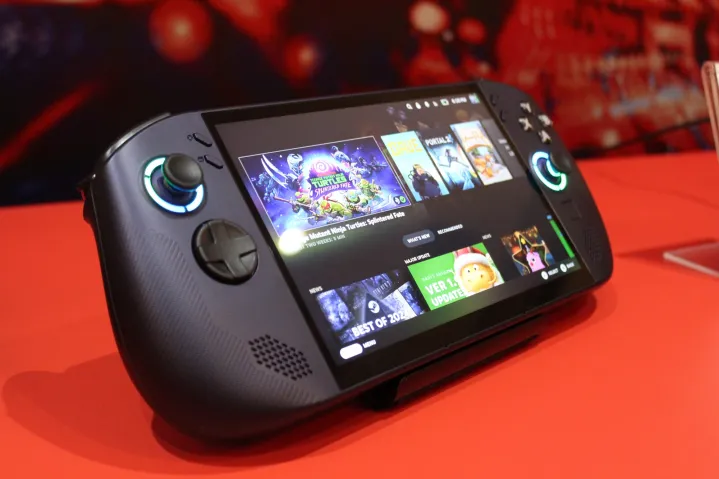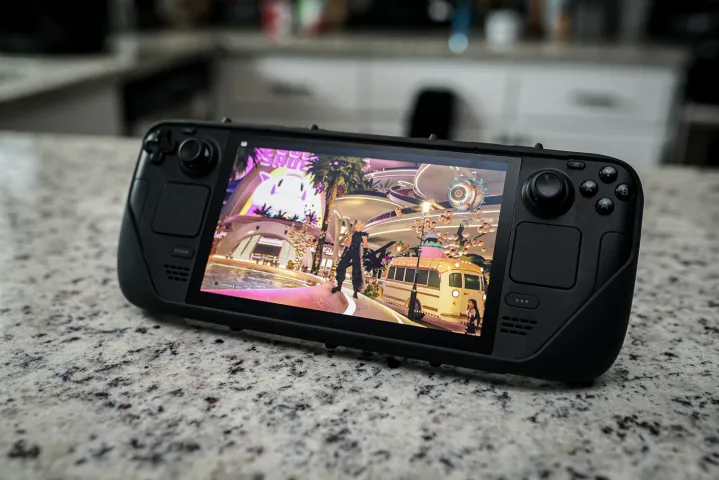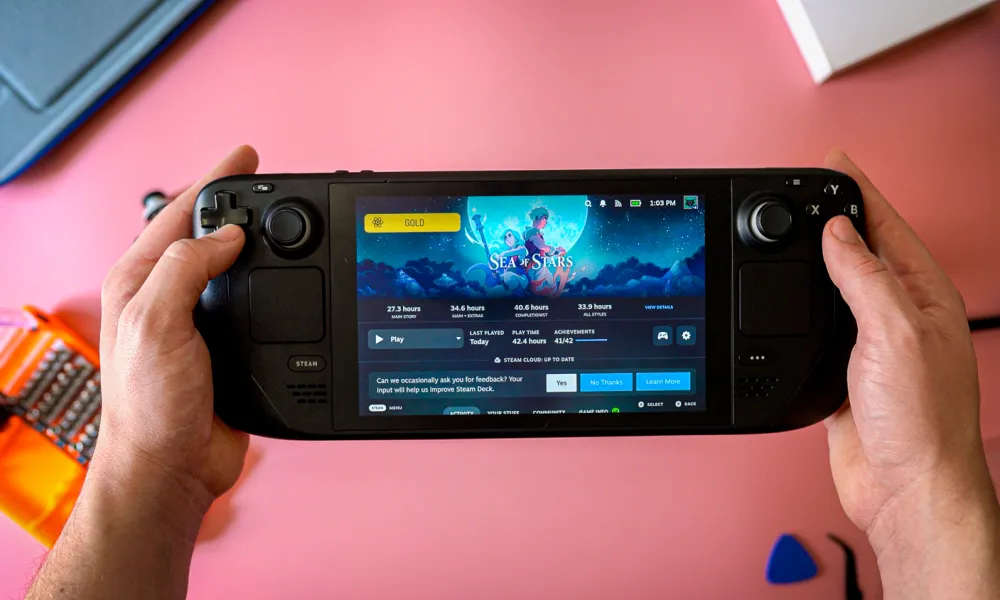The Steam Deck Confirmed program was a decent beginning, yet now is the ideal time to continue on.
Valve isolates similarity with the Steam Deck into four pails. You have Confirmed games, which have a green mark for Valve’s endorsement, and you have Playable games, which would typically get a Checked identification had it not been for a few little issues (for example little text or conjuring the on-screen console). Those are the two classes you incline toward.
Then, at that point, there are Unsupported games, which have what Valve sees as a game-breaking issue, for example, the utilization of hostile to swindle programming that doesn’t work as expected on Linux. Lastly, Obscure games, which Valve simply is clueless about — there are a great deal of games on Steam. Valve spreads out four models to procure a Checked identification, which you can see underneath.

Something that is excluded here yet appears on Confirmed games is this line: “This game’s default designs arrangement performs well on Steam Deck.” Valve has taken some blow-back for that, especially with tricky games on the Steam Deck like The Remainder of Us Section One and No Rest for the Devilish. In any case, in general, this has been a decent framework.
Yet, handhelds are changing, as are games, and it’s the ideal opportunity for the Deck Confirmed program to change alongside them.
The Times, They Are Evolving

The clearest indication of that is the Lenovo Army Go S that accompanies SteamOS introduced. This handheld is set to send off in a couple of brief months, it’s formally authorized by Valve, and it shows a similar Deck Confirmed identifications that the Steam Deck does. That doesn’t seem OK. The Steam Deck and the Lenovo Army Go S have two unique chips in them, and probably with a fairly huge exhibition hole between them — read my Steam Deck versus ROG Partner correlation for more on that. The possibility of something being checked for the Steam Deck sort of self-destructs when we’re not discussing the Steam Deck.
That is only one gadget, yet Valve says it intends to deliver SteamOS all the more comprehensively into beta before Lenovo’s handheld deliveries. It’s simply a beta delivery, so messes with, execution issues, and different issues are normal. Yet, Valve plainly has desires for SteamOS past one gadget, and outsider variants of Valve’s open-source working framework, like Bazzite, are turning out to be progressively well known. I’m in support of that extension, however the more gadgets that utilization SteamOS, the less accommodating the Deck Confirmed program becomes.
The extension of SteamOS is so invigorating on the grounds that there are handhelds that are more remarkable than the Steam Deck. I would truly prefer not to burn through $800 on a ROG Partner X on the off chance that I can get a similar encounter on a Steam Deck OLED for $650. Yet, the ROG Partner X is all the more impressive, and equipped for running additional requesting games, which legitimizes the additional expense.

Perhaps you can crush another Last Dream VII Resurrection or Cyberpunk 2077 under the Deck Confirmed identification, yet anybody who’s played these games on the Steam Deck can see you that the framework is at its cutoff.
Some simple fixes
Haven’t arrived to simply gripe. I have a few thoughts, as well. Furthermore, fortunately, they wouldn’t radically change the Deck Confirmed program all while making it much more helpful as SteamOS (and handhelds all the more comprehensively) increase.
To start with, execution can’t be important for the situation. Valve’s true rules don’t explicitly get down on execution, however execution is as yet a piece of the program. Games that are too intense will not be Checked. It’s the ideal opportunity for Valve to set a boundary on execution as we see different handhelds that are utilizing various screens and different equipment designs. The program ought to handle if the game chips away at SteamOS, or on the other hand in the event that it doesn’t; that is the main long haul arrangement without pursuing new execution focuses on like clockwork.

In its place, Valve ought to utilize its most grounded resource: the Steam people group. There are a great deal of ways Valve could approach this. Perhaps there are some dropdowns in game surveys that show on the off chance that the player utilized a handheld or not, and what handheld they utilized. Also, perhaps you can channel those audits so you can undoubtedly track down them as opposed to filtering the initial not many that spring up and expecting something supportive. That helps players, and it even aides engineers, as you can sift through execution related issues on handhelds — I recollect a considerable amount of hostility about No Rest for the Underhanded at send off connected with Steam Deck execution issues.
Valve could likewise have them in a different region, perhaps with ideas from clients on the most proficient method to get the best presentation. That is one of the draws of ProtonDB, all things considered. If Valve had any desire to keep up with its open-source way to deal with programming, it could try and have the option to incorporate ProtonDB into the Deck Checked program — there are now ways of doing that through the Deck Devices programming.
Valve will not at any point make the Deck Checked program awesome. Attempting to make a basic program to handle support that is innately perplexing will undoubtedly have inconsistencies and oversights. Notwithstanding, the Deck Checked program can in any case be fundamentally better compared to it is currently. What’s more, with the rising tide of SteamOS, now is the ideal time to roll out those improvements.

Leave a Reply